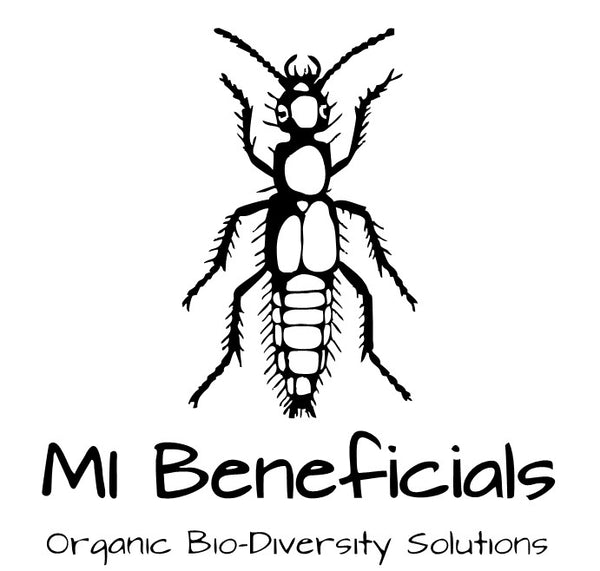
How to Use Bokashi (And Why You Absolutely Should)
Mark AshworthShare
What is Bokashi?
Bokashi is a method of composting that uses anaerobic fermentation to assist in the breakdown of organic matter. Generally wheat bran is used as the organic matter and beneficial microorganisms (Lactic Acid Bacteria, yeast and photosynthetic bacteria) are layered into an airtight container and allowed to sit (ferment) for several weeks. After the fermentation process is completed, the inoculated Wheat Bran is dried out for shelf stability and packaged.

Why use Bokashi?
Plant Benefits
In compost, Bokashi is an incredible way to expedite the decomposition process while also reducing unpleasant odors and prevent excessive pest pressure.

When sprinkled atop a living soil container, Bokashi aids tremendously in the Nutrient Cycle by providing the beneficial microorganisms a fungal dominant carrier (wheat bran) to explode your mycelium and mycorrhizal network. A robust mycorrhizal network translates to healthy plants.
Did you know we carry a microbial inoculant, called Rhizocraft? Loaded with Endomycorrhizae and beneficial bacteria to fix nitrogen, solubize phosphorous and promote growth, this bio-inoculation pack is unrivaled. Check it out here!
Environmental Benefits
Using Bokashi in your composting will expedite the decomposition process which allows you to have a quicker turn-around on usable compost. This in turn hopefully allows you to compost as much as you need in your back yard compost.
Further, by adding Bokashi along with its beneficial microorganisms to existing soil, it will unlock better soil quality and help you to produce that nutrient rich soil that is desired.

Financial Benefits
By composting and using Bokashi to expedite the process, we can not only produce the absolute BEST compost, but we can also produce the absolute CHEAPEST compost which is perfectly created to be used in your garden in that specific climate and micro-biome. Good compost can cost anywhere from $50 to $200+ a cubic yard and there is nothing better for your garden than the stuff you make at home.
Additionally, by using Bokashi to compost, we can alleviate the amount of food-waste goes into our trash bins and hopefully reduce our monthly disposal costs by doing so.
When, Where and How too Use Bokashi?
Composting
In our food scrap bin, we like to sprinkle a couple tablespoons on top of our scraps once a week. We keep our food scrap bin right outside the door and we do notice a reduction in the amount of pest flies (there are definitely still flies which is not a bad thing necessarily).

In our static compost piles in the yard, we like to layer it into the 'lasagna' as we build. The way we like to use it is we will add several thick layers of wood chips (any natural/undyed) and then lay down about 1/4 cup per square foot. This ignites that wood layer with mycelium and airy pockets that will allow for breakdown throughout the piles.
Soil Building and Amending
We like mixing 1/2 cup of Bokashi per cubic foot of soil when mixing or remixing soils. This would take place ideally when the soil is initially mixed to allow for even dispersion of the Bokashi and beneficial microorganisms.
Top Dressing
We use roughly 1/ cup of Bokashi sprinkled evenly around the base of each plant.
Transplanting
Apply 2-3 Tablespoons of Bokashi to the root zone when transplanting.
Conclusion
Expediting our soils ability to cycle and produce nutrients for our plants is a major goal whether we know it or not. By using Bokashi, you can give your soil another tool in its box to excel at its job of producing what your plant needs. Among all the benefits listed above, we truly love to be able to say the Bokashi we carry (from Bokashi Bran), is made in very small batches for Quality Assurance and is made by a family of regenerative farmers, in our community, that we admire and respect.
Looking to buy a bag of Bokashi Bran? Snag one here!
